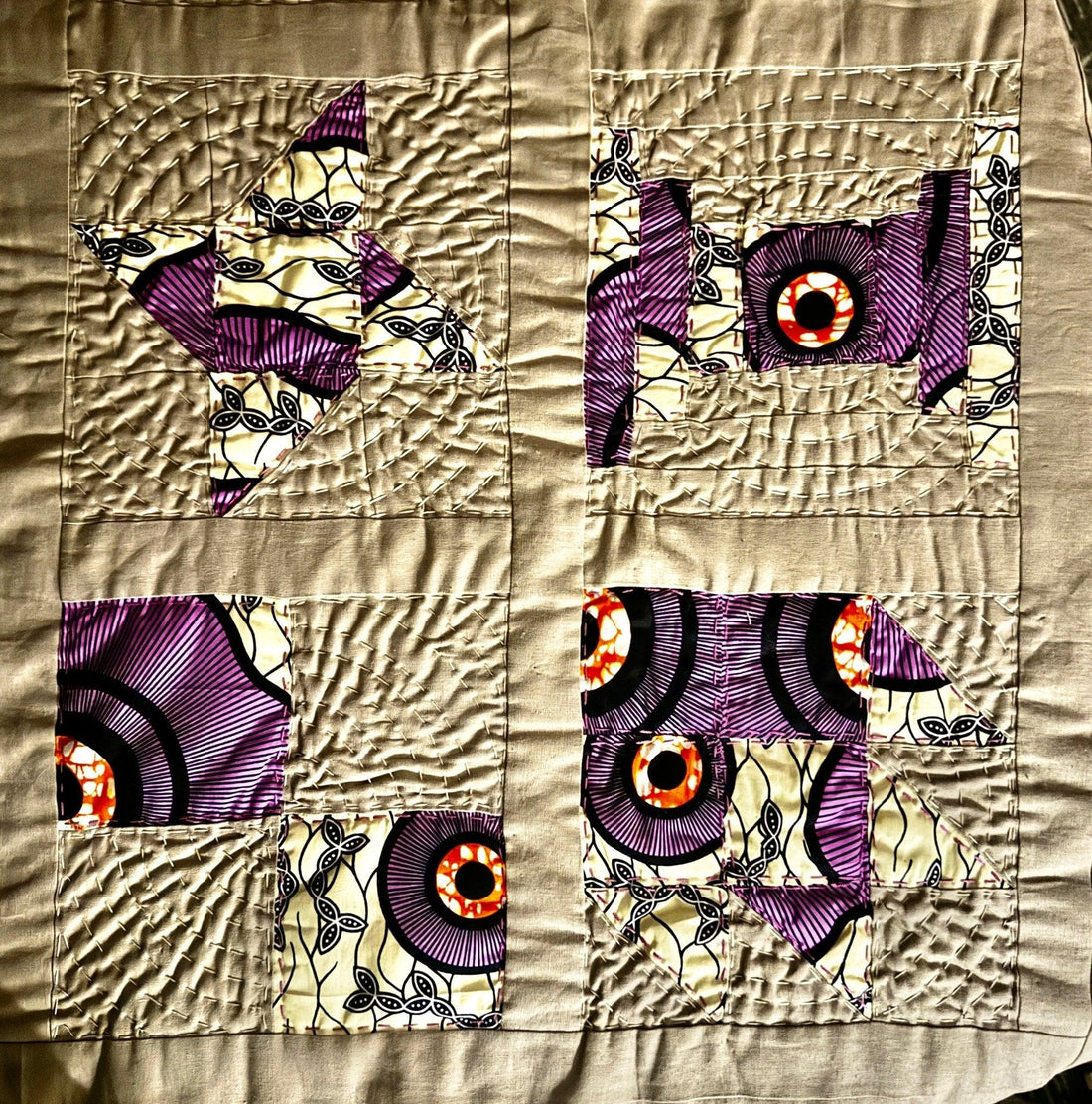
Appraising a Quilt: is it Art vs. Craft?
When it comes to quilt appraisals, there are two distinct approaches: appraising a quilt as art versus appraising it as a traditional craft. Each method has its own considerations and potential impacts on valuation.
Appraising as Art
Appraising a quilt as art focuses on its artistic merit, creativity, and uniqueness. This approach is often used for contemporary art quilts or pieces that push the boundaries of traditional quilting.
Key factors considered:
- Artistic vision and concept
- Innovative techniques or materials
- The quilt maker's reputation in the art world
- Exhibition history
- Aesthetic appeal
Art quilt appraisals may result in higher valuations, as they're assessed similarly to other fine art pieces.
Appraising as a Quilt
Traditional quilt appraisals focus more on craftsmanship, materials, and adherence to quilting conventions.
Elements evaluated:
- Quality of piecing and quilting
- Fabric choices and condition
- Pattern complexity
- Historical significance (for vintage quilts)
- Overall construction and durability
This method is typically used for traditional quilts or those made primarily for functional purposes.
Choosing the Right Approach
The appropriate appraisal method depends on the quilt's nature and intended use. Art quilts benefit from art appraisals, while traditional pieces are better suited for quilt-specific evaluations.
Ultimately, the chosen approach can significantly impact the quilt's perceived value and how it's viewed by collectors, insurers, and the wider quilting community.
Appraising as Art
Appraising a quilt as art focuses on its artistic merit, creativity, and uniqueness. This approach is often used for contemporary art quilts or pieces that push the boundaries of traditional quilting.
Key factors considered:
- Artistic vision and concept
- Innovative techniques or materials
- The quilt maker's reputation in the art world
- Exhibition history
- Aesthetic appeal
Art quilt appraisals may result in higher valuations, as they're assessed similarly to other fine art pieces.
Appraising as a Quilt
Traditional quilt appraisals focus more on craftsmanship, materials, and adherence to quilting conventions.
Elements evaluated:
- Quality of piecing and quilting
- Fabric choices and condition
- Pattern complexity
- Historical significance (for vintage quilts)
- Overall construction and durability
This method is typically used for traditional quilts or those made primarily for functional purposes.
Choosing the Right Approach
The appropriate appraisal method depends on the quilt's nature and intended use. Art quilts benefit from art appraisals, while traditional pieces are better suited for quilt-specific evaluations.
Ultimately, the chosen approach can significantly impact the quilt's perceived value and how it's viewed by collectors, insurers, and the wider quilting community.
Comments
Check out comments or add a new one.